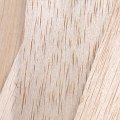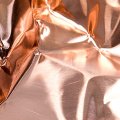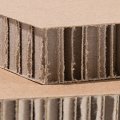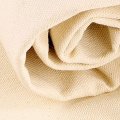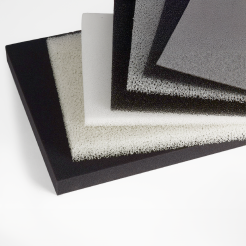+49 (0)30 690 360CO₂-reduced standard shipping free of charge from 89 € (DE)Free 30-day return via standard shipping (DE)
Polyurethane
In our material library you find general information about our materials. The text about polyurethane is currently only available in German. Please switch the language for more information. Do you already know which polyurethane products you need? Follow the link below.

